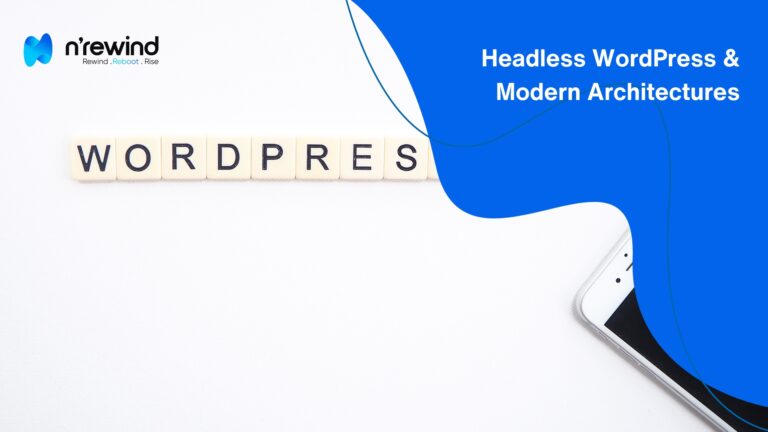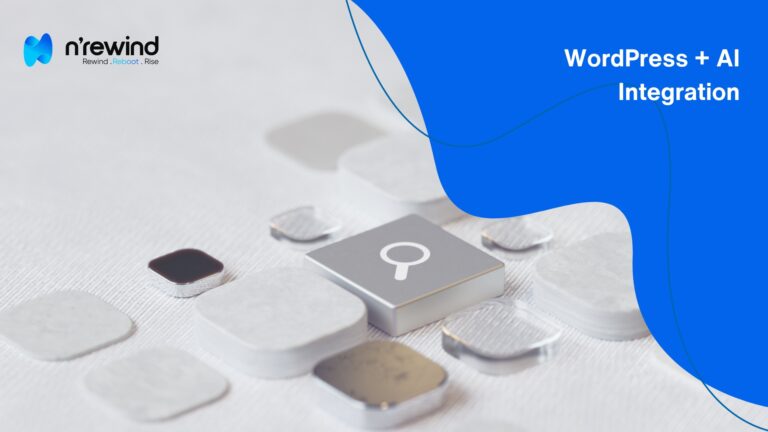Despite the rise of native apps and mobile frameworks, Progressive Web Apps (PWAs) remain a vital part of future-ready mobile strategies in 2025. PWAs combine the best of web and mobile technologies to deliver fast, reliable, and engaging experiences – without requiring a download from app stores.
At NRewind Technologies, we continue to implement PWA solutions for clients who need speed, flexibility, and cross-device compatibility.
What Is a Progressive Web App (PWA)?
A Progressive Web App is a type of web application that uses modern browser features to deliver an app-like experience. It runs in a browser, installs on the home screen, and can work offline – all with a single codebase.
Key PWA Characteristics:
- Works offline (via Service Workers)
- Loads instantly and reliably
- Can be installed like a native app
- Sends push notifications
- Responsive across all devices
PWAs are built using technologies like HTML, CSS, JavaScript, and enhanced by tools like Web App Manifests and Service Workers.
Why PWAs Still Matter in 2025
1. Lower Development Costs
One app, multiple platforms – PWAs reduce the need for separate iOS, Android, and web development. Our Website Development Team uses PWAs to streamline builds.
2. Faster Load Times
PWAs are lightning-fast. Assets are cached locally, so pages load instantly – even on flaky mobile networks.
3. Offline Functionality
Thanks to service workers, PWAs allow users to access key features even without internet – ideal for retail, travel, and productivity tools.
4. No App Store Dependency
PWAs can be installed directly from the browser, reducing friction and avoiding app store fees or approval delays.
5. Improved SEO
Unlike native apps, PWAs are fully indexable by search engines, making them a better option for businesses focused on organic growth. Combine them with SEO Services for maximum visibility.
Where PWAs Shine: Use Cases
- eCommerce: Fast shopping experiences boost conversions.
- Media/Publishing: Offline reading, instant access to articles.
- SaaS Tools: Real-time dashboards with push notifications.
- Travel Apps: Offline itineraries, maps, and booking info.
- Local Businesses: Restaurant menus, ordering systems, loyalty apps.
NRewind has delivered custom web solutions for these use cases using modern PWA frameworks like React, Next.js, and Vue.
Popular Headless CMS Options
- Strapi (Open-source & self-hosted)
- Contentful (Enterprise-grade, API-first)
- Sanity.io (Real-time collaboration & flexible schemas)
- Ghost (Great for blogs & publishing)
- DatoCMS (Strong image and media handling)
Our team at NRewind often integrates these with Next.js, React, and other modern frontend stacks.
Need Help Going Headless?
Our Web Development and WordPress Customization teams help you migrate to or build with headless CMS solutions tailored to your business needs.
📩 Contact us via the Contact Page or call 09009000549.
🚀 Explore roles at NRewind Careers
Final Thought
Headless CMS isn’t just a trend – it’s a smarter, scalable solution for content-driven platforms in 2025 and beyond. It separates the content engine from the design engine, giving your developers and marketers freedom and speed like never before.
"A headless CMS gives your dev stack the flexibility, speed, and scalability it needs to grow. Let NRewind help you go headless the right way."




